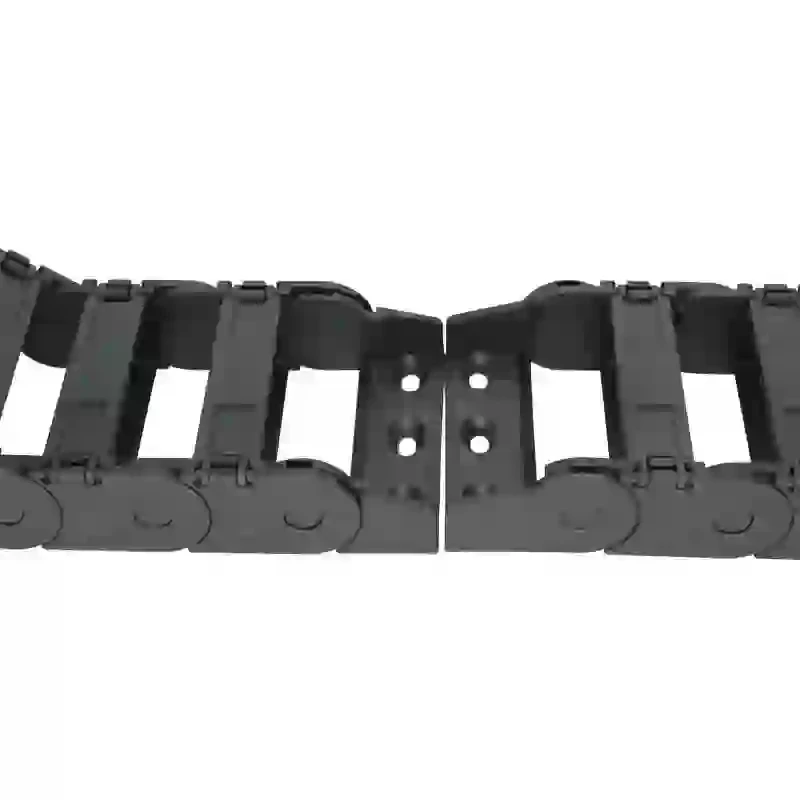cnc cable track
Understanding CNC Cable Track Essential for Modern Manufacturing
In the realm of modern manufacturing and automation, CNC (Computer Numerical Control) machinery plays a vital role in enhancing precision and efficiency. One critical component in the setup of CNC systems is the cable track, which is essential for the proper functioning of these machines. In this article, we will explore the significance of CNC cable tracks, their design, benefits, and applications.
What is a CNC Cable Track?
A CNC cable track, also known as a cable carrier or drag chain, is a system that organizes and protects the cables and hoses connected to CNC machines. These tracks are designed to guide cables and hoses through the machine without interference from motion and movements during operation. They ensure that electrical connections remain secure and free from wear and tear caused by friction and bending.
Importance of CNC Cable Tracks
The importance of cable tracks in CNC systems cannot be overstated. Firstly, they eliminate the risk of tangling and damage to cables, which can lead to malfunctions or costly downtime. In a high-speed environment where precision is paramount, any disruption can result in significant losses in time and productivity.
Secondly, cable tracks contribute to the safety of the workplace. By minimizing loose cables, they reduce the likelihood of trips and falls, which are common hazards in industrial settings. A well-organized cable system promotes a cleaner work environment and enhances overall worker safety.
Lastly, the durability of CNC machines can be significantly improved with the integration of cable tracks. By providing a protective casing for cables, these tracks help in preventing exposure to dust, debris, and other environmental factors that could lead to wear over time. This added layer of protection extends the lifespan of both the cables and the CNC machinery.
Design Considerations for CNC Cable Tracks
cnc cable track

When designing or choosing a CNC cable track, there are several important factors to consider. The first is the size of the track. It should accommodate all the cables and hoses without straining or compressing them. The track must also allow sufficient movement and flexibility as the CNC machine operates.
Material is another crucial aspect. Common materials used for CNC cable tracks include plastic, steel, and nylon. Each material has unique properties with respect to flexibility, strength, and resistance to environmental conditions, which must be matched to the specific application of the machinery.
Additionally, the layout and routing of the cable track should be planned carefully. The track must follow the natural movement path of the CNC machine to prevent unnecessary bends or stretches in the cables, which can lead to premature failure.
Benefits of Using CNC Cable Tracks
The incorporation of cable tracks into CNC setups offers numerous benefits. Beyond simply organizing cables, they provide extensive protection from mechanical wear, thus fostering higher reliability of electrical systems and reducing the need for frequent maintenance.
Another significant advantage is the time savings during installation and servicing. A well-managed cable track system allows for faster maintenance and replacement of cables, contributing to improved efficiency in machine operation. This not only saves time but also reduces labor costs associated with managing and maintaining a tangled mess of cables.
Applications of CNC Cable Tracks
CNC cable tracks find applications across a variety of industries, including automotive, aerospace, electronics, and manufacturing. Virtually any environment where CNC machines are employed can benefit from the utilization of cable tracks to ensure orderly, efficient, and safe operations.
In conclusion, CNC cable tracks play an indispensable role in modern manufacturing. They enhance safety, prolong the life of machinery, reduce maintenance costs, and ultimately contribute to improved productivity. As technology advances and CNC systems become even more integral to industrial processes, the importance of effective cable management through cable tracks will only continue to grow. Investing in high-quality CNC cable tracks is not merely a choice; it is a necessity for businesses aiming to stay competitive in a rapidly evolving market.








